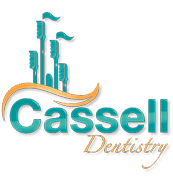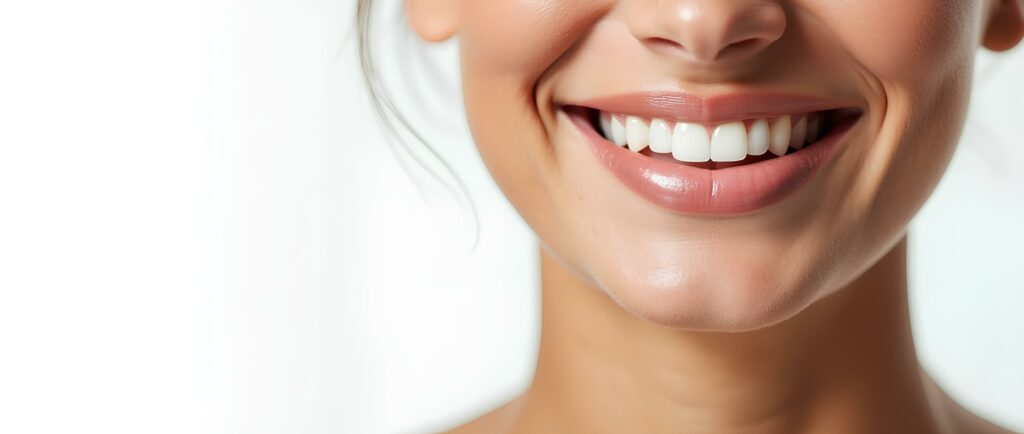6 Teeth Whitening Trends That Don’t Work
A bright, white smile is often associated with confidence, health, and youth. It’s no surprise that so many people seek out ways to achieve a whiter smile, whether through professional treatments or home remedies. With the rise of social media and influencer-backed beauty hacks, new teeth whitening trends seem to emerge constantly. However, not all whitening methods are effective—or safe.
If you’ve been searching for teeth whitening in Mission Valley, CA, you may have come across a variety of DIY solutions promising dramatic results. Unfortunately, many of these so-called “whitening hacks” don’t actually work and, in some cases, may even damage your teeth. Before you try the latest trend, it’s important to separate fact from fiction and learn which methods truly deliver results.
Why Do People Get Their Teeth Whitened?
A whiter smile is one of the most requested cosmetic treatments in dentistry. People seek teeth whitening in Mission Valley, CA for various reasons, including improving their appearance for a special event, boosting self-confidence, or reversing discoloration caused by aging and lifestyle habits. A bright smile can make a lasting impression, and professional whitening treatments offer predictable, safe, and long-lasting results.
While over-the-counter whitening products and home remedies are widely available, not all whitening methods are created equal. In fact, some trends are entirely ineffective, while others can do more harm than good.
What Causes Teeth to Be Less White?
Understanding what causes tooth discoloration can help you determine the best whitening approach. Teeth can become stained for a variety of reasons, including dietary habits, aging, and lifestyle choices.
Dark-colored foods and beverages—such as coffee, tea, red wine, and berries—are common culprits for surface stains. Smoking and tobacco use can lead to deep, yellowish discoloration that is difficult to remove without professional intervention. Aging naturally causes the enamel to wear down, exposing the yellowish dentin underneath, while certain medications and medical conditions can also contribute to discoloration.
With so many factors affecting tooth color, it’s easy to see why people are eager to try whitening solutions. However, not all methods are effective, and some can even be harmful.
6 Teeth Whitening Trends That Don’t Work
1. Charcoal Toothpaste
Charcoal toothpaste has gained popularity due to its dark, dramatic look and claims that it “detoxifies” teeth by removing stains and impurities. While charcoal may have some abrasive properties, it does not actually whiten teeth. In fact, its abrasive nature can wear down enamel over time, making teeth appear more yellow as the underlying dentin becomes exposed.
Additionally, most charcoal toothpastes lack fluoride, an essential ingredient that strengthens enamel and prevents cavities. Using charcoal toothpaste regularly can lead to increased tooth sensitivity and long-term damage without delivering noticeable whitening results.
2. Lemon Juice and Baking Soda
Many DIY whitening enthusiasts swear by the combination of lemon juice and baking soda. The idea is that baking soda acts as a mild abrasive, while the acidity of lemon juice “bleaches” stains. However, this combination is actually one of the worst things you can do for your teeth.
Lemon juice is highly acidic and can erode enamel, making teeth more susceptible to staining and decay. Once enamel is lost, it doesn’t grow back, leading to permanent damage. Baking soda, while less harmful on its own, is not an effective whitening agent and cannot remove deep stains.
3. Hydrogen Peroxide Rinses
While hydrogen peroxide is an active ingredient in many professional whitening treatments, using it as a DIY rinse is not the same as getting a treatment from a dentist in Mission Valley, CA. Over-the-counter hydrogen peroxide is not formulated for safe, prolonged contact with teeth and gums.
Frequent rinsing with hydrogen peroxide can irritate gums, cause tooth sensitivity, and lead to enamel damage if used in high concentrations. Professional treatments use carefully controlled formulations and application methods to ensure safe and effective whitening results.
4. Oil Pulling
Oil pulling, an ancient practice that involves swishing coconut or sesame oil in the mouth for several minutes, is often touted as a natural way to remove toxins and whiten teeth. While oil pulling may help improve oral hygiene by reducing bacteria, there is no scientific evidence to support its effectiveness in whitening teeth.
Unlike professional treatments, oil pulling does not break down stains or lighten enamel. Any perceived whitening effect is likely due to the temporary removal of surface debris rather than a true change in tooth color.
5. Banana Peel Rubbing
One of the more unusual whitening trends involves rubbing banana peels on teeth. Advocates claim that the minerals in banana peels—such as potassium, magnesium, and manganese—help remove stains and brighten teeth.
However, there is no scientific basis for this claim. While bananas are nutritious, rubbing a peel on your teeth will not alter their color. For those looking for real whitening results, professional treatments or clinically proven whitening products are far more effective.
6. Whitening with Apple Cider Vinegar
Apple cider vinegar is often promoted as a natural remedy for everything from weight loss to skin care, and some people believe it can also whiten teeth. While apple cider vinegar has antibacterial properties, it is highly acidic and can erode enamel if used frequently.
Regular exposure to apple cider vinegar weakens the protective layer of enamel, making teeth more prone to stains and sensitivity. Instead of improving the color of teeth, it can actually cause long-term discoloration and damage.
Teeth Whitening Practices That Do Work
While many teeth whitening trends are ineffective or harmful, there are proven methods that deliver safe, long-lasting results. Professional whitening treatments, available from a dentist in Mission Valley, CA, use clinically tested whitening agents that effectively break down stains without damaging enamel.
Over-the-counter whitening strips and gels can provide mild improvements, but they do not offer the same level of customization and effectiveness as professional treatments. Additionally, maintaining good oral hygiene—brushing and flossing daily, avoiding stain-causing foods and beverages, and using fluoride toothpaste—can help preserve a bright smile.
For the best and safest whitening results, seeking professional dental care is always recommended.
Seek Professional Dental Care
If you’re considering whitening your teeth, it’s important to consult with a professional to determine the best treatment for your needs. A dentist in Mission Valley, CA can assess your oral health, identify the causes of discoloration, and recommend the most effective whitening options.
Professional treatments not only provide better results but also ensure that the whitening process is safe for your enamel and gums. Unlike DIY methods, which can lead to uneven whitening, increased sensitivity, and enamel damage, professional care offers a scientifically backed approach with lasting benefits.
For those looking for teeth whitening in Mission Valley, CA, scheduling an appointment with a trusted dental provider is the best way to achieve a brighter, healthier smile. Avoid ineffective and harmful trends, and opt for solutions that truly work.

